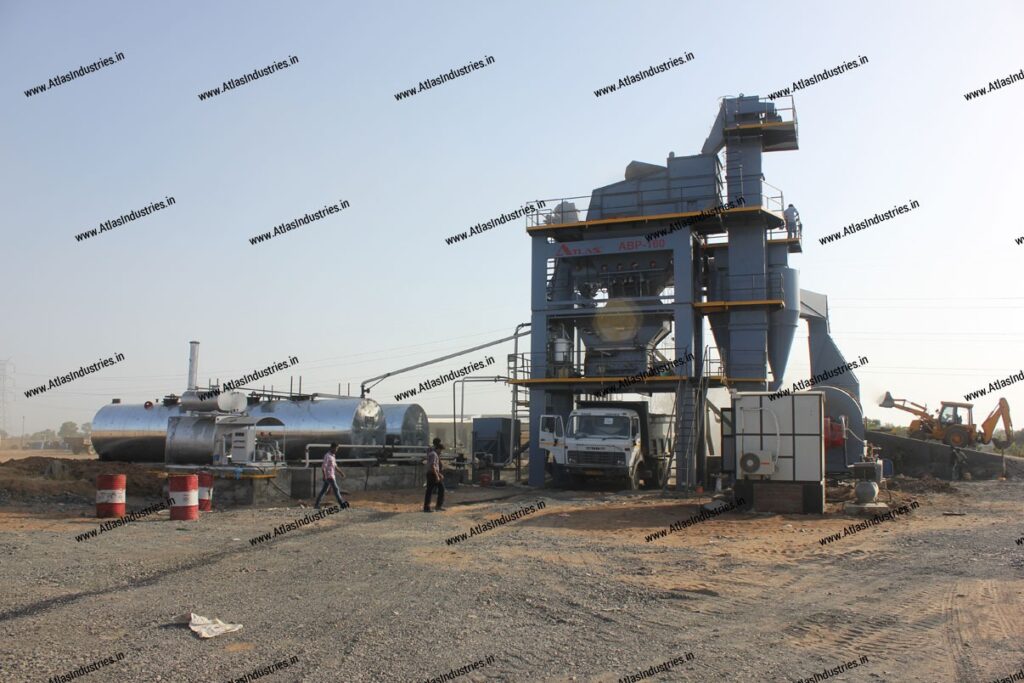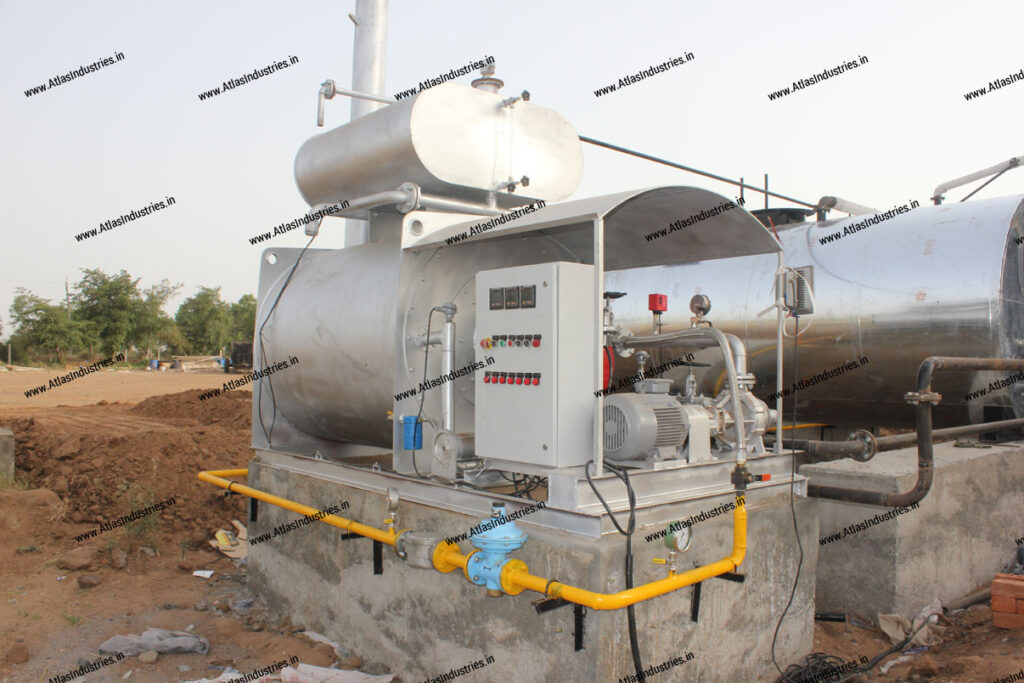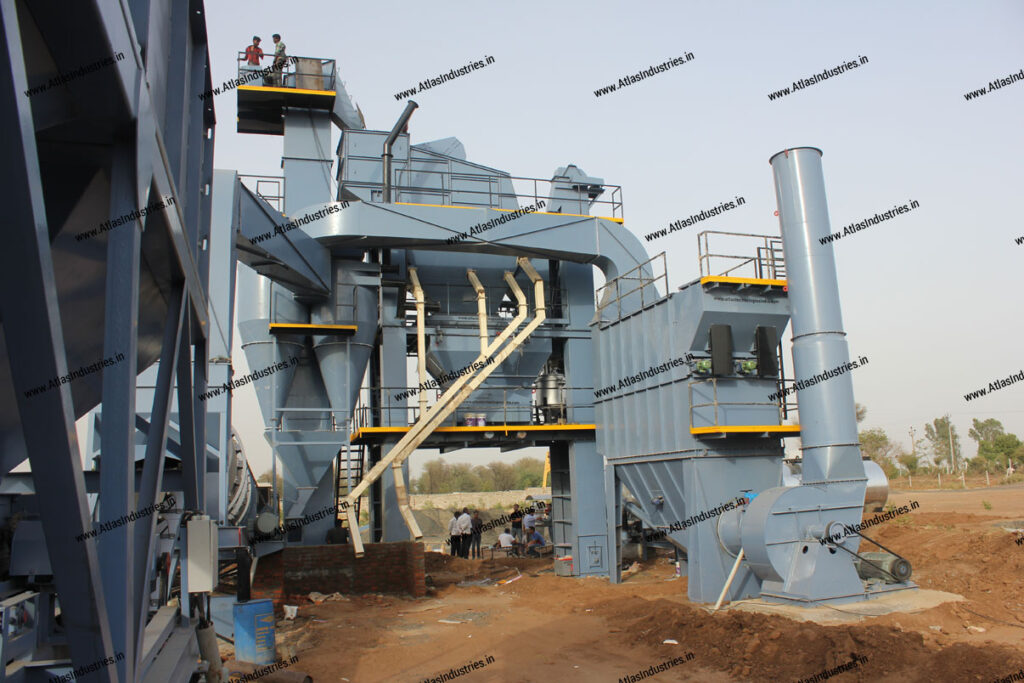Hot mix asphalt (HMA) plants are essential for making asphalt used in road construction and repair. These plants mix together materials like aggregates and asphalt binders to produce a strong, reliable product that meets specific standards. Key components of a hot mix plant are important to know for anyone working on road projects. Modern plants also use technology to control temperature and reduce emissions, ensuring they meet environmental rules while producing durable asphalt and cutting costs.
Here, explore the main components of an asphalt mixing plant, their roles, and how they contribute to the overall efficiency and effectiveness of asphalt production.
- Cold Feed Bins
- Aggregate Dryer
- Burner
- Mixing Tower
- Hot Mix Storage Silos
- Control System

1. Cold Feed Bins
Cold feed bins are the starting point in asphalt production. These bins can store and organize different materials, including crushed stone, sand, and gravel to make asphalt. Each bin comes with compartments for different sizes of materials. Proper management of the bins makes sure that the right mix of materials is used, which affects the quality of the asphalt.
Functions:
- Material Storage: Cold feed bins store raw materials, keeping them ready for a steady supply during production.
- Controlled Feeding: Operators can adjust how much of each material is used, ensuring the right mix, which is important for the quality of the final product.
2. Aggregate Dryer
Aggregate dryer is a significant part of the hot mix plant. It allows the aggregate to get heated and dried before you mix it with the asphalt binder. The drying process is crucial to saving the asphalt mixture from the water page. Proper drying can result in a stronger final product by increasing interfacial adhesion. It also saves fuel, reduces production costs, and helps prevent problems like cracking or stripping in the finished pavement.
Functions:
- Heat Transfer: The dryer uses heating methods to remove moisture from the aggregates and raise their temperature to the right level.
- Quality Control: By drying the aggregates properly, the dryer helps prevent problems like stripping, where the asphalt binder separates from the aggregates, which can lower durability.

3. Burner
The burner is the component that offers the required heat that can dry the particles in the dryer. It typically uses fuels such as natural gas, propane, or diesel. Its efficiency is fundamental to maintaining the right temperature and removing moisture properly. A well-functioning burner enhances efficiency and reduces energy costs. Regular maintenance and inspections can further improve burner performance.
Functions:
- Heat Generation: The burner produces a controlled flame to heat the aggregates and asphalt binder.
- Efficiency Management: Modern burners have controls that optimize fuel use and reduce emissions, helping to meet environmental regulations.
4. Mixing Tower
The mixing tower helps combine aggregates and asphalt binder evenly. Inside, they mix quickly to create a consistent asphalt mixture for strong roads. Advanced technologies and trends monitor the mixing process to maintain the right ratios and temperatures. This ensures the asphalt performs great in any weather, offering durability and strength to the finished roads.
Functions:
- Asphalt Binder Addition: The heated asphalt binder is added to the mixing chamber, where it mixes with the dried aggregates.
- Uniformity Control: The mixing tower has paddles or augers that help spread the binder evenly over the aggregates, creating a consistent asphalt mix.

5. Hot Mix Storage Silos
When the asphalt mixture is complete, it is stored in a hot mixture storage tank. These silos heat the steel until it can be transported to a processing plant. Heating asphalt is important to prevent hardening and ease of use during construction. Silos are built for fast loading and unloading. It allows for easy access to insulation and reduces heat loss.
Functions:
- Temperature Maintenance: The silos keep the asphalt mix hot to prevent it from cooling and hardening. This ensures the asphalt remains workable and maintains its quality during transport.
- Batch Management: Silos store different batches of asphalt, making it easy to organize and deliver to various projects. This system allows for quick access, ensuring the right mix is available when needed to meet project deadlines.
6. Control System
The inspection system is a key part of the hot mix asphalt plant, allowing operators to monitor and control production. It typically includes a central control panel with icons, alerts, and controls that track temperature, mixing levels, and production rates in real-time. Contractors can quickly address issues by adjusting settings to ensure quality and efficiency.
Functions:
- Process Monitoring: It provides real-time information on temperature, feed level, and other parameters. This allows operators to make adjustments as needed.
- Automation: Many modern hot mix asphalt plants are equipped with automated systems that optimize production efficiency and consistency while reducing the potential for human error.
From cold storage to pavement equipment, hot-mix asphalt plants play an important role in this process. Understanding how these components work together helps in your business growth.

